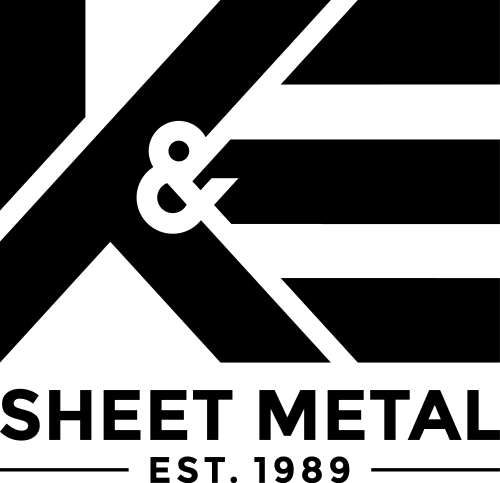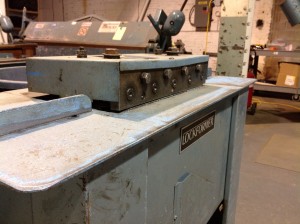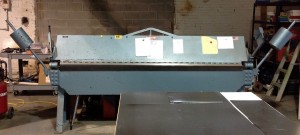I am happy to say that after years of financial stagnation, we are finally taking steps toward growth with our first major equipment investment in years. Business has increased to a point where this decision makes sense, but that is not the reason we are taking on the risk of a major investment. The company has been mulled in a soup of non-growth for many years and it was time to start taking advantage of sexy interest rates and tax breaks to help the business move forward. Currently we are in the process of purchasing a new table plasma cutting system for our little sheet metal fabrication job shop. This would be our biggest equipment investment in many years. However, it would increase our production greatly and make it possible to search out bigger projects in the residential HVAC sheet metal fabrication markets locally. Seeing as our shop doesn't weld and has never owned a handheld plasma cutting machine, we are a bit green when it comes to dealing with consumables and pneumatic tools. The learning process will be educational, very interesting and eventually profitable.
Having the ability to decrease cut time and waste will make fabricating fittings like cold air boots, trunk duct reducers and custom transitions far easier and profitable for our micro-business. After hemming and hawing for a few months we finally took the leap and started heavily researching our new equipment investment.
I, as a business owner, want to create jobs in my community, but in order to make this happen the machinery needed to come first. I need to know I can bring in new business in order to keep a new employee working. The company is not in a position to do this just yet. Increasing productivity first was the most economical way for the company to reach some short and long term goals.
The quoting process is near completion and financing is on the horizon. Best case scenario would be a initial equipment investment in our new plasma cutting table within a month or so, hopefully having everything installed by the end of the year. Hoping my optimism continues through the process.
Fingers X'd






